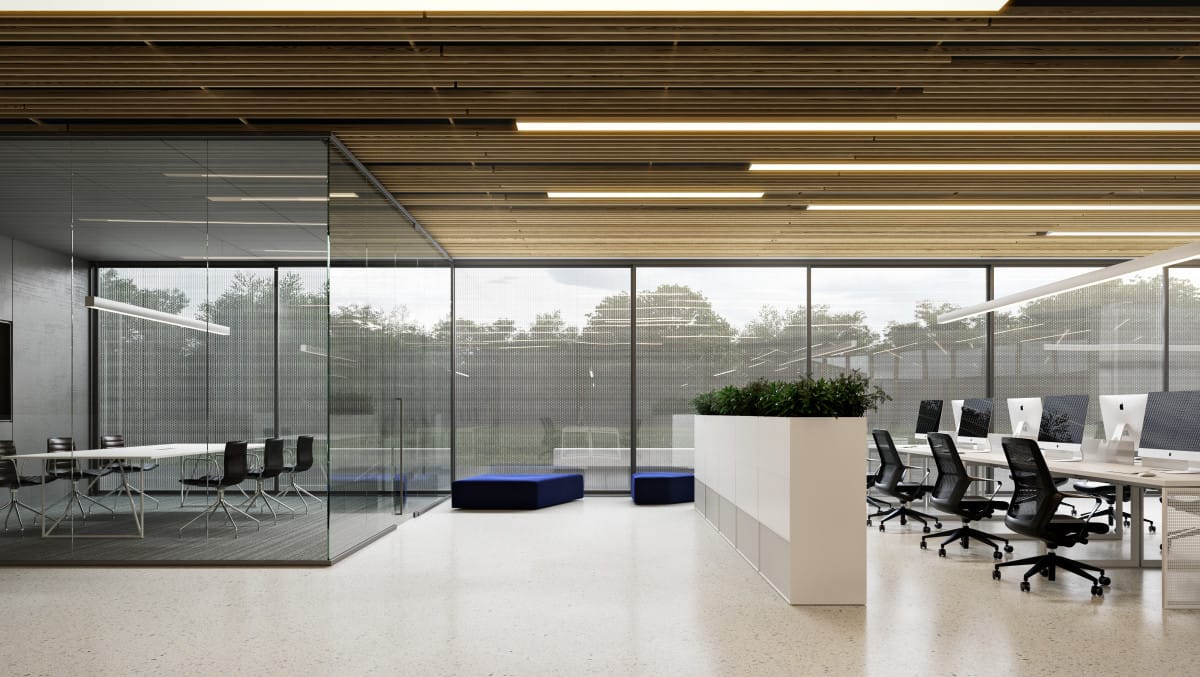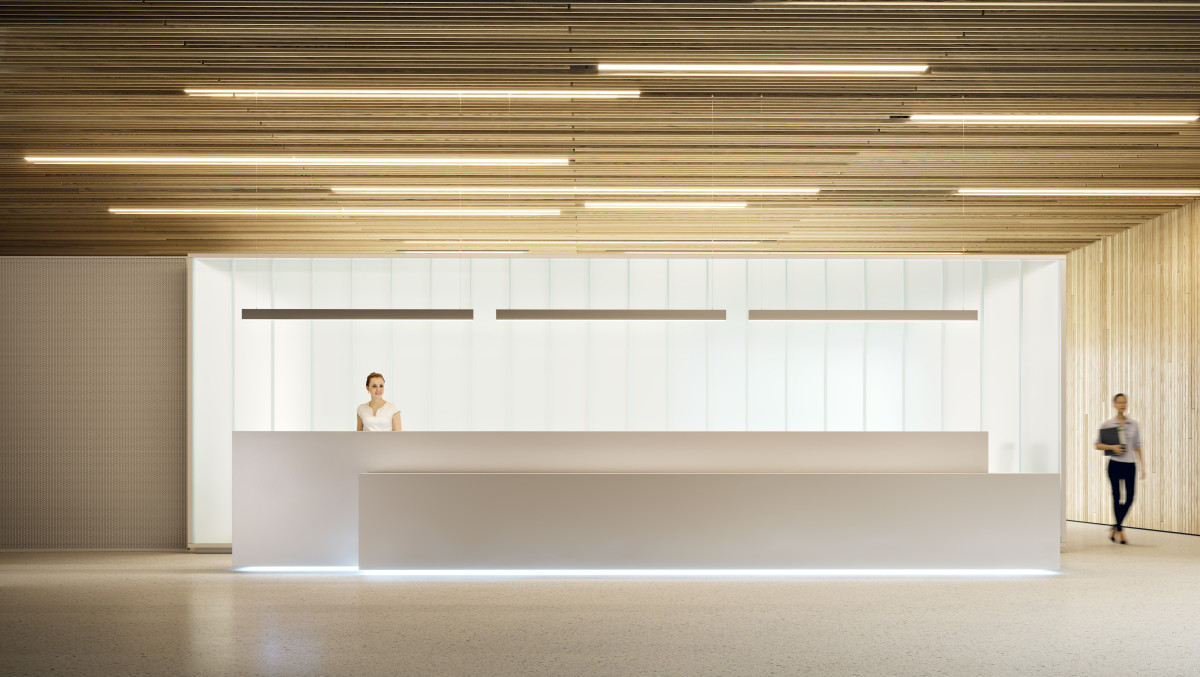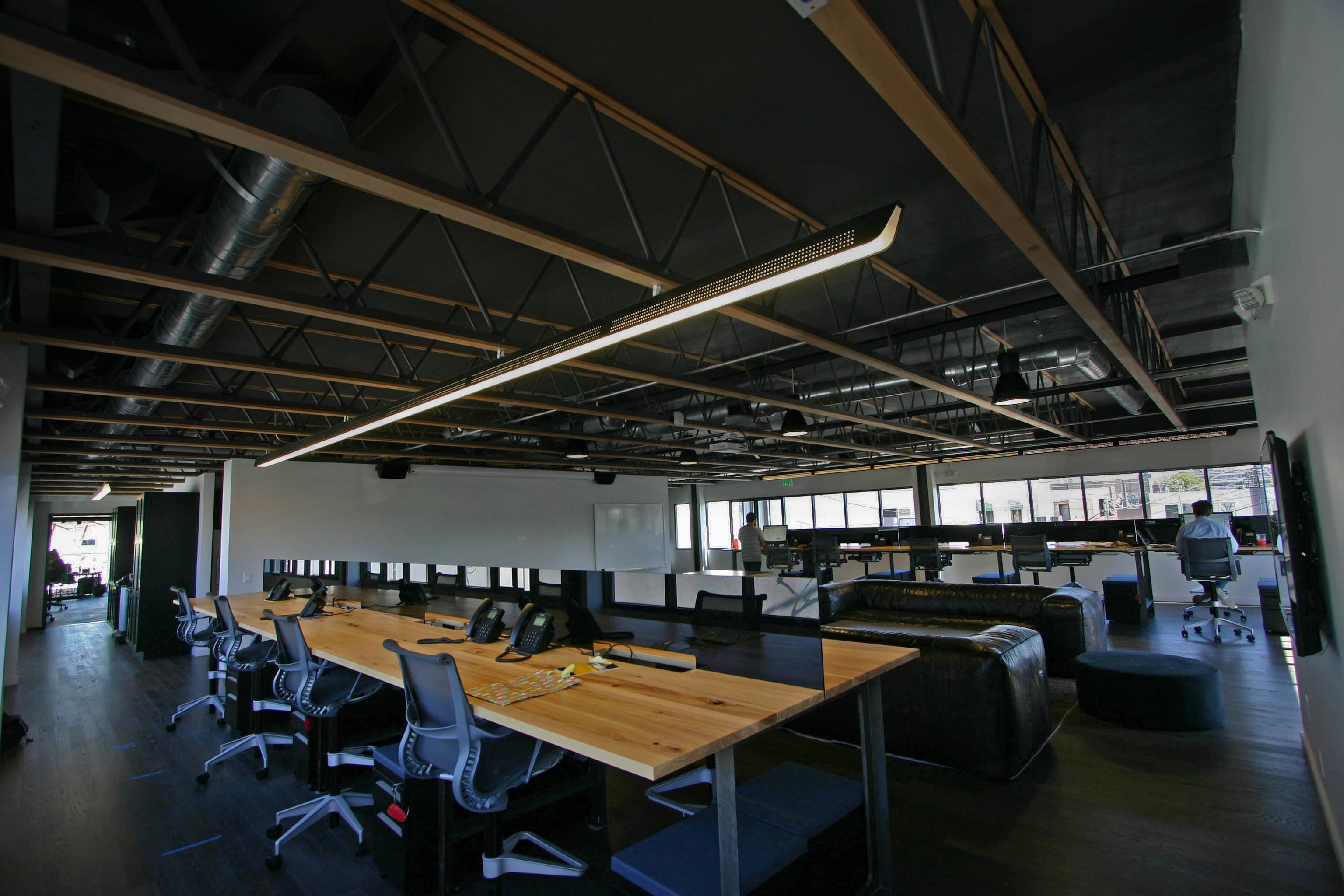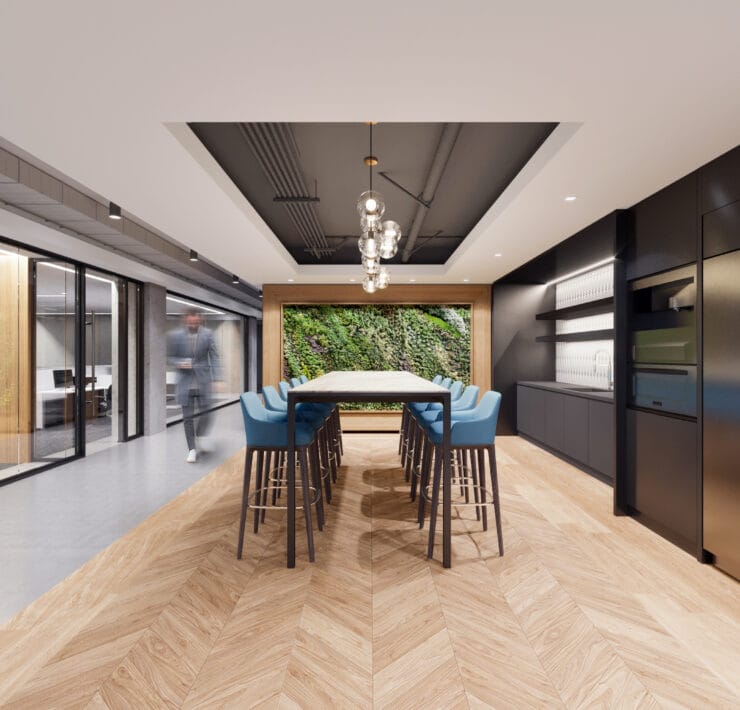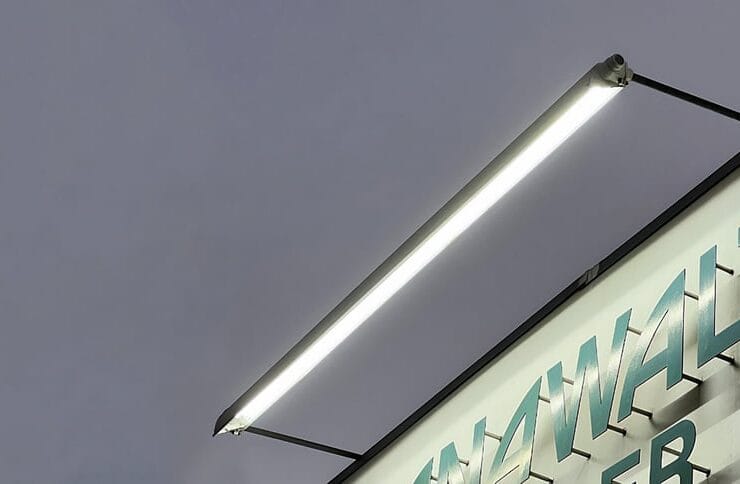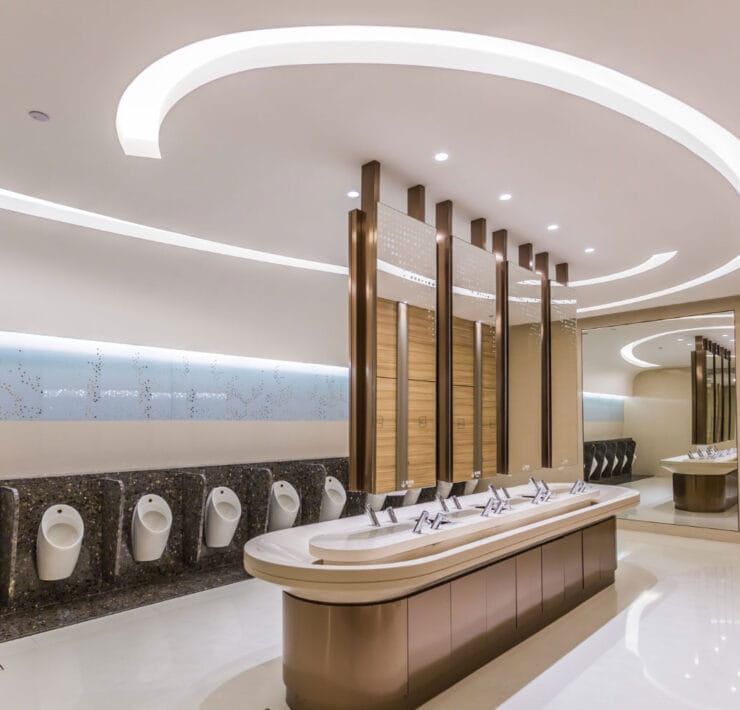When it comes to office lighting, most workplaces are faced with outdated systems that are wasting both money and energy. It’s a disappointing fact as extensive research has shown that office lighting plays a major role in the productivity of office workers. It’s been proven that LED lighting that mimics or compliments natural light leads to greater productivity amongst workers as well as having a significant affect on an individual’s happiness and circadian rhythm. For more information on this, check out our article on the benefits of LED lighting systems in the workplace here.
In addition to monetary waste and lower human productivity, outdated systems have an affect on the environment. According to the U.S. Green Building Council (USGBC), total emissions from residential and commercial building accounted for 39% of all U.S. CO2 emissions in 2004 — more than either the transportation or industrial sectors.
Third-Party Service to the Rescue
The LED bulb has revolutionized not only residential lighting, but commercial lighting, too. LEDs typically consume less power compared to traditional halogen and fluorescent bulbs, and as a result, the overall kW/hr consumption per year with LEDs is less helping reduce overall CO2 emissions.
Alas, despite the savings in energy and money, LED installations in commercial properties and offices remains a developing industry with about $63 billion in untapped market value. The LED market as a whole is expected to grow 45% by 2020.
So, why wouldn’t a property owner want to install systems that last longer, are better for the environment and save them money? The short answer is owners don’t want to spend on lighting when tenants are responsible for the utility bills and tenants don’t want to invest in capital projects, especially if they have short-term leases. This leaves the door open for a third-party service provider.
According to an article in the Harvard Business Journal, third-party ownership models, which separate the ownership of an asset from the service it provides, have transformed other industries for the best, including the copy machine industry. An office typically doesn’t own its copy machine. The copier is owned by a company such as Xerox which has a service contract with the operating company itself.
So, why not offer this service for lighting?
Breaking Down Lumens-as-a-Service (LaaS)
Pairing LEDs with new smart controls helps promote the third-party service model. Advancements in control technology allows for LEDs to be monitored and controlled remotely which makes them a perfect fit for the “as-a-service” contract model. Dubbed “Lumens-as-a-Service,” the Rocky Mountain Institute (RMI) has pioneered this model.
RMI said the move to lighting-as-a-service would eliminate the capacity and capital constraints currently limiting building owners from being able to access and install appropriate lighting options.
How Does LaaS Work?
Like the earlier example with the copy machine, LaaS would allow property owners to rent their ceilings to a service provider who would find a system based on the owners needs and then design, install and maintain the LED lighting with smart controls.
Under RMI’s LaaS model, property owners would receive net operating income through the service provider’s fixed monthly rental payments giving them the right to install LaaS in the building enabled by future energy savings. Tenants could have some of the rent payment passed on while also benefitting from the advantages that come with improved lighting systems — such as increased productivity.
By installing the most energy-efficient lighting systems on the market, the LaaS model will save energy and decrease a building’s CO2 emissions. The model changes the way lighting is designed, installed and maintained — providing a win-win for the tenants and property owners, who will see a boost in their net operating income.
Katie is an LA-based writer who's covered everything from fashion startups to jazz legends, philanthropic NHL players and now design and architectural LED lighting. She is the former editor of a music trade magazine, enjoys writing about indie businesses and strongly believes that Edison bulbs complete all design projects. Katie can be reached at blog@alconlighting.com.

